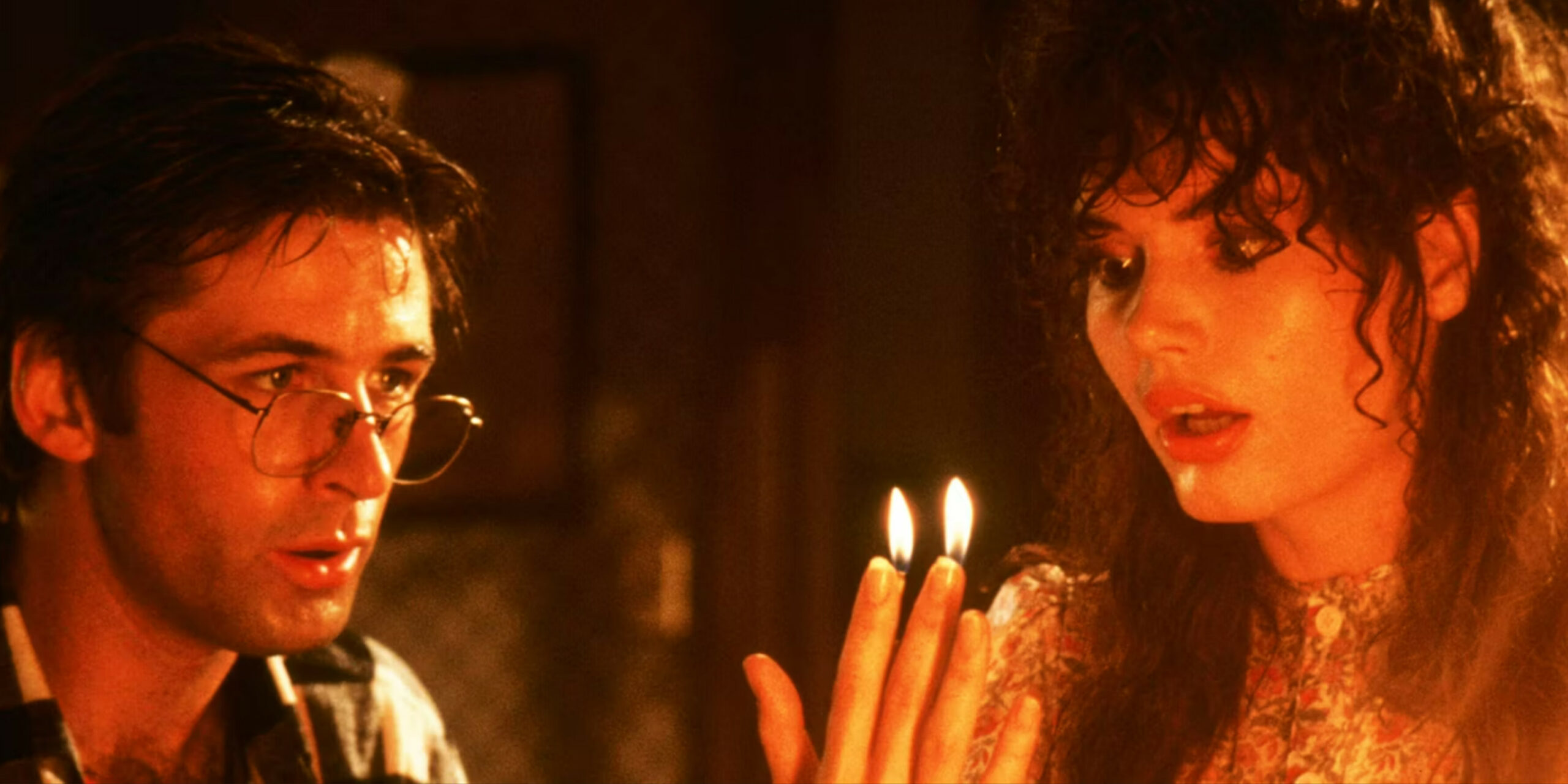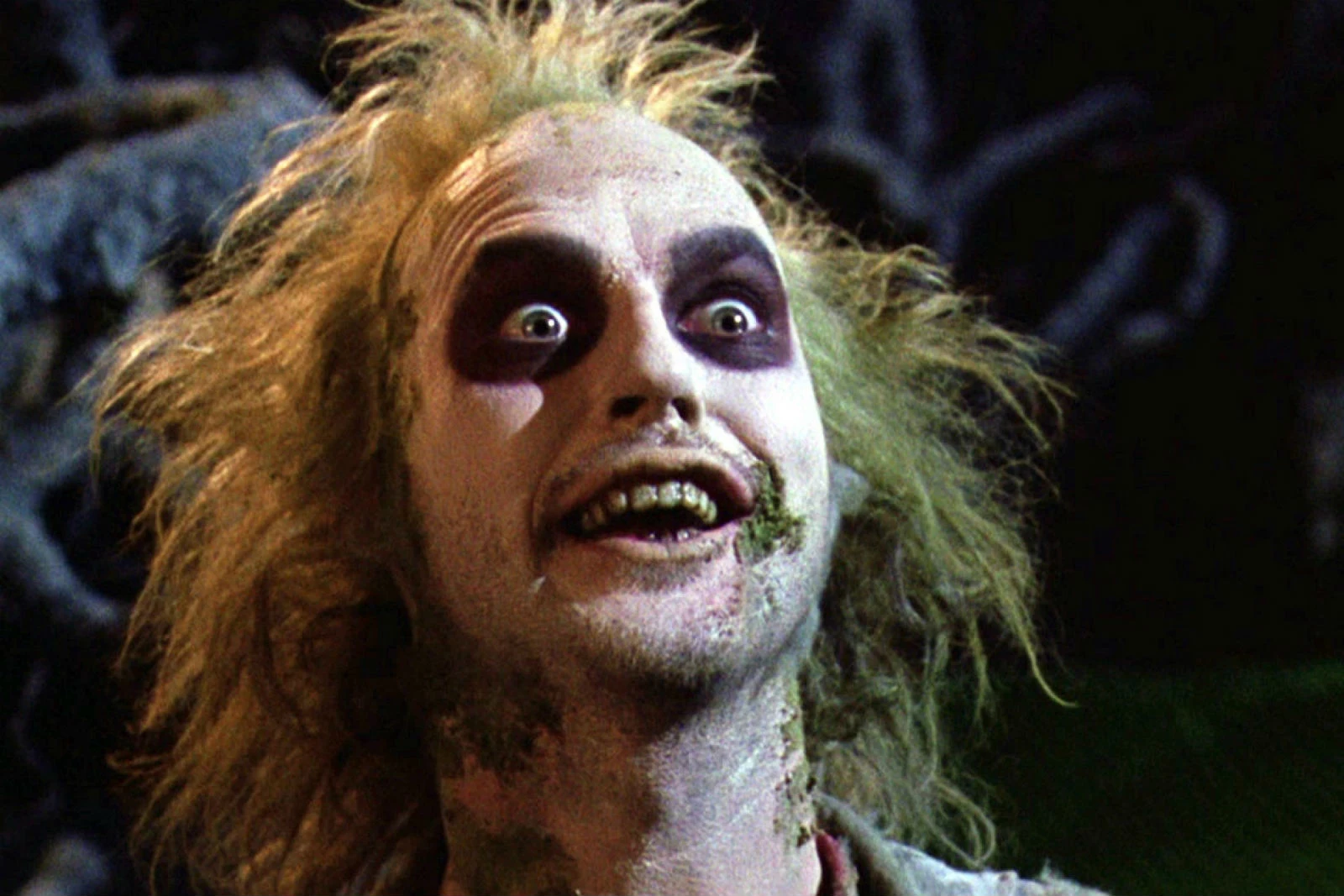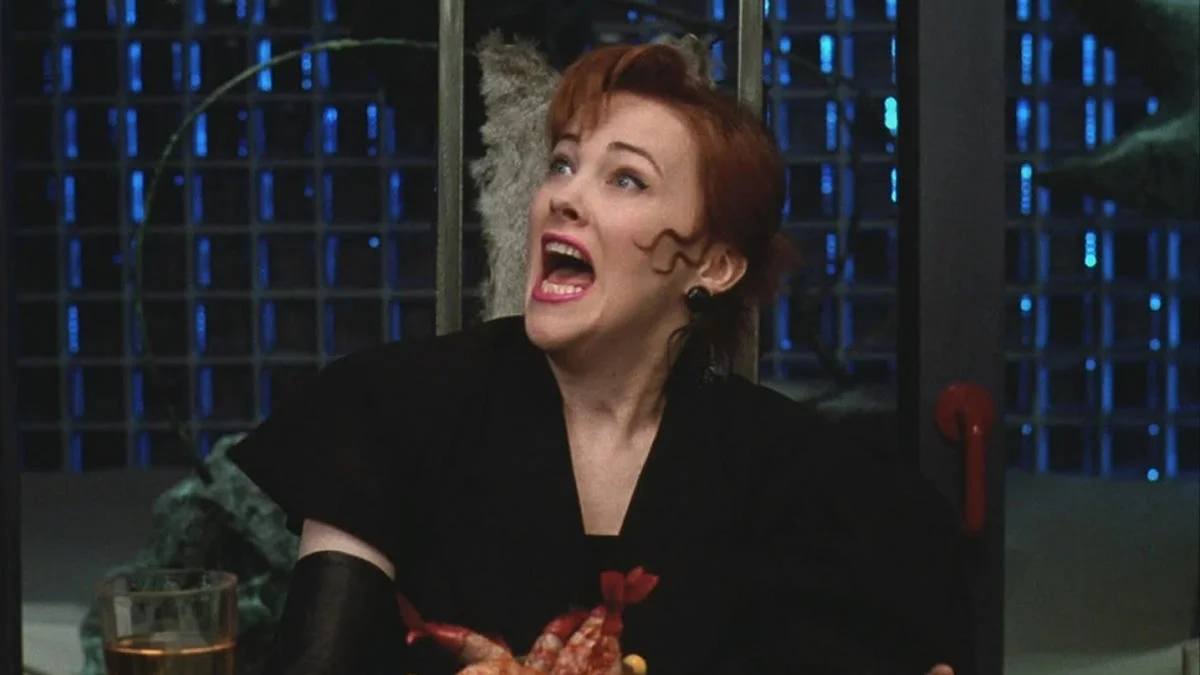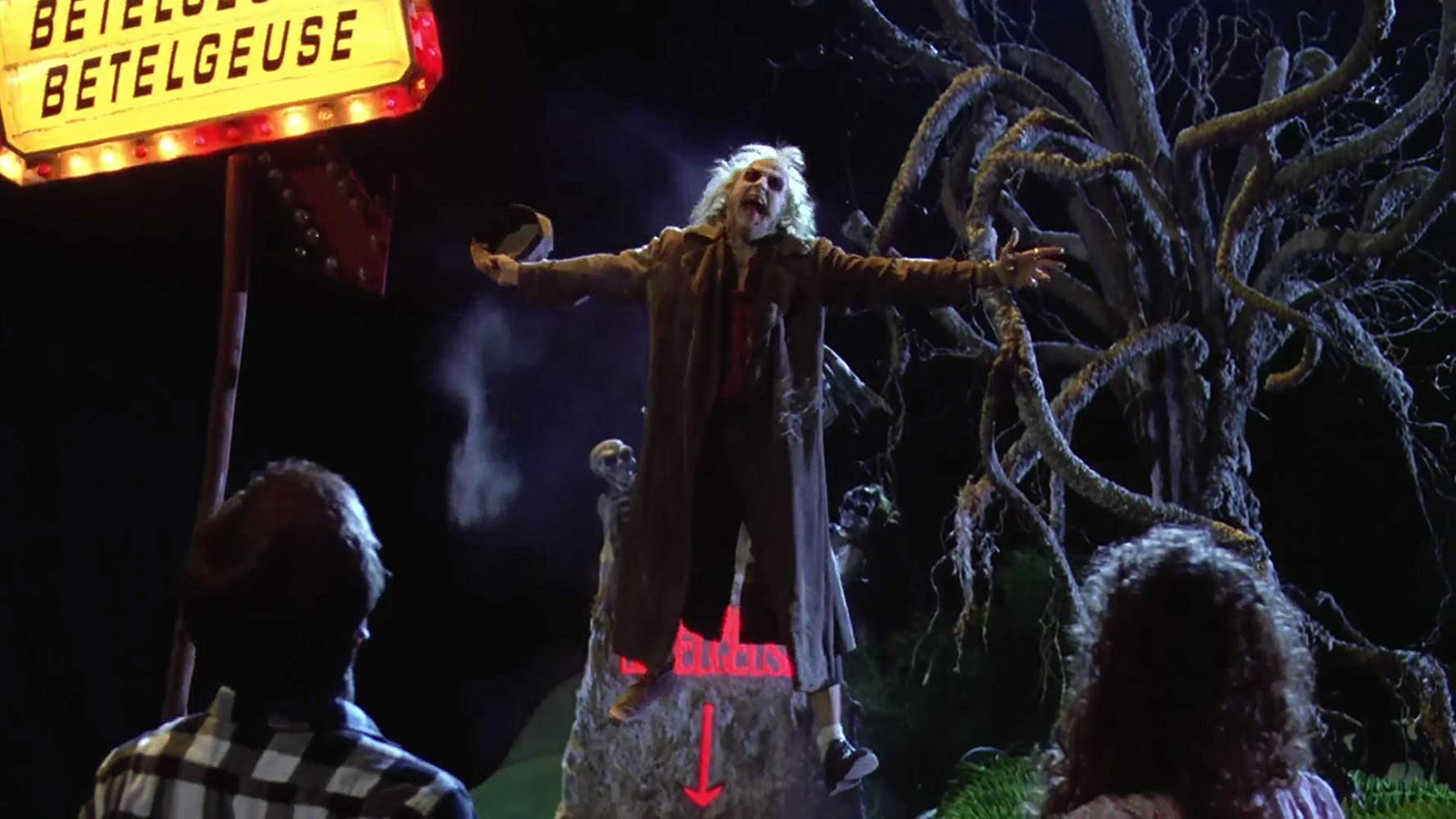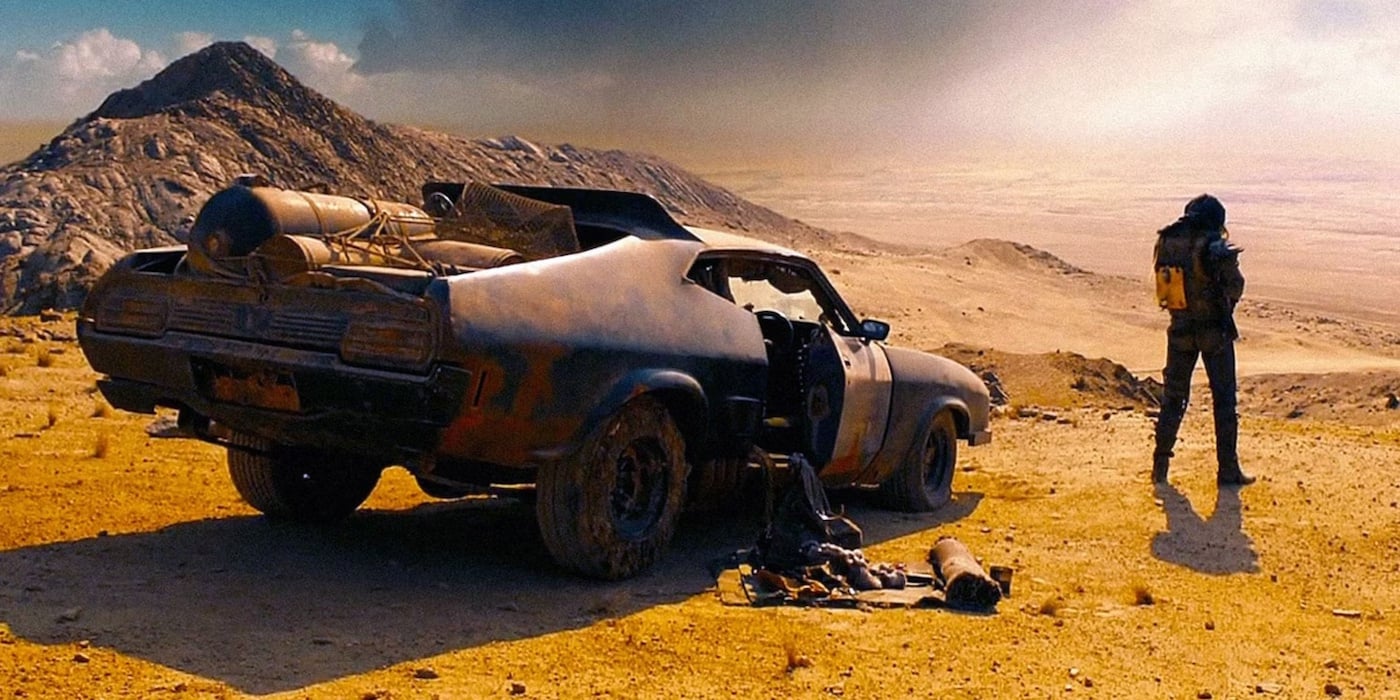‘Beetlejuice Beetlejuice’ Should Follow the Original in This One Way
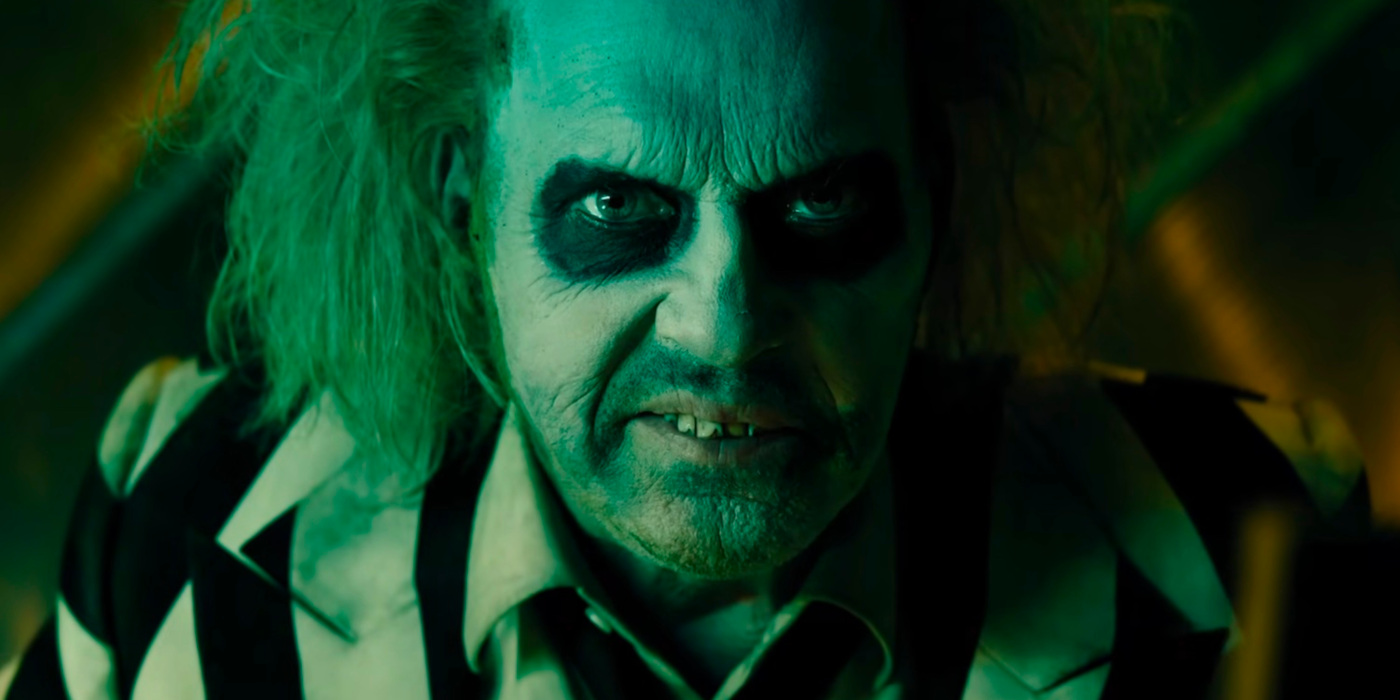
With a decades-later sequel to a popular film, the question is, “What of the original has to say?” For Beetlejuice, the answer isn’t so obvious.
A Beetlejuice sequel is not a new idea. For years now, the possibility of Michael Keaton reprising the ghastly, titular role has been of interest to both Keaton and director Tim Burton. Both creatives express doubts over the course of 35 years. Scripts come, scripts go. Sometimes only Keaton is on board, and sometimes only Burton is. But it wasn’t until very recently that they were both ready at the same time.
There’s a teaser trailer out now that features the return of Keaton’s Beetlejuice as well as Catherine O’Hara’s Delia Deetz and Winona Ryder’s Lydia Deetz. It also features newcomer Jenna Ortega as Lydia’s daughter Astrid and Justin Theroux as Lydia’s husband Rory.
There’s a lot of the familiar packed in that tiny trailer. There’s a children’s choir version of Harry Belafonte’s “Day O“. Beetlejuice’s suit is back. Lydia’s fashion is back. Heck, Lydia’s haircut is back.
The notable missing parties are Charles Deetz whose funeral we see in the teaser. And of course, there’s the Maitland’s, Adam and Barbara, who are also absent. I’m not going to say their absence is concerning, however, it’s worth looking back at the original Beetlejuice and why the relationship between the Maitidn’s and the Deetz’s is so important to the story of Beetlejuice.
The Maitland’s and the Deetz’s
Adam and Barbara Maitland live the apple-pie life. They own a hardware store in their tiny hamlet outside of which is their enormous home. There they comfortably choose wallpapers as they stave off a realtor who wants to sell their home to the highest bidder. The Maitlands are effectively a walking, talking Norman Rockwell painting. But something is missing.
The Maitlands do not have a child—something it’s heavily implied they are incapable of having (at least in the biological sense). And they don’t have something else—life. And in death, the Maitlands become prisoners in their own home as it becomes occupied by the most opposite family imaginable—the Deetz’s.
Charles Deetz has a mental breakdown from “city livin'” and decides to upend his family for the country. However, his wife Delia is an avant-garde artist whose life still belongs to New York City. And betwixt them is Lydia Deetz, whose goth sensibilities are at odds with rural life. However, beneath her disillusioned exterior, Lydia seems to crave the kind of family that Adam and Barbara could be.
In other words, there’s a potentially complementary aspect to the Maitlins and the Deetzs. However…
Beetlejuice and The Handbook For the Recently Deceased
Neither the Maitland’s nor the Deetz’s are comfortable in their new situations. The Maitland’s have no idea how to be ghosts and the Deetz’s have no idea how to be anything outside of an urban setting.
Charles’ plan to “relax” is to convince his boss to buy the whole town as a real estate opportunity. Delia’s plan is to bulldoze the entire house, rebuild it in her own image, and basically make it seem like she never moved in the first place. In both cases, neither of them can unplug. They bring their problems with them. Delia also brings her artistic partner Otho whose interest in the supernatural for his own personal gain becomes a problem later.
The Maitlands, meanwhile, do not want to change their lifestyle—which is a problem because they are dead. Two things make this struggle worse. The first is the impossible-to-parse bureaucracy of the afterlife. The second is the temptation of Beetlejuice.
The Maitland’s case worker Juno has no time to help them. And even if she did, the Maitlands only have a limited number of times they can ask for help. This leads us to Beetlejuice, a huckster who promises he’ll remove the Deetzs but is actually seeking purchase in the world of the living for his own malevolent purposes.
In short (too late), the Deetz’s have no support in the sticks and so they flounder. The Maitland’s have the same problem in the afterlife. And as a result both Otho and Beetlejuice opportunistically take advantage of their respective couple’s misery. This results in the near-exorcism of the Maitlands and the near marriage of Lydia to Beetlejuice.
Thankfully, everything works out in the end. Because…
There’s Room For Everyone
You know the scene in Beetlejuice where Adam and Barbara try to scare the Deetz’s away with a possessed game of lip-syncing? And you know how the Deetz’s actually love the whole thing? That. That famous scene illustrates both the strife and the solution to these family’s shared struggles.
Each set of adults thinks the solution to their woes lies in re-establishing a status quo. And the mistake is two-fold. One: you can’t go backward. And, two: adding more people to the situation and relying on broken systems makes things worse.
The Maitlands like the spooky karaoke. So do the Deetz’s. And all of them care about Lydia. Yes, their respective home decor sensibilities may be different. But ultimately they are all seeking an escape from their respective trapped circumstances.
The Maitland’s both want a family. Charles wants a quiet life but also the connection and respect of his peers. Delia wants to be an artist that isn’t treated like a flake. And Lydia wants to be as weird as she can, be kind of an alpha, but also be babied a little bit by doting parents.
The thing about the Maitlands and the Deetzs is that they aren’t one another’s traps—they are each other’s solutions.
Oh, No! Not a Social Message in My Beetlejuice!
Oh, yes! A social message in your Beetlejuice. And it was there the WHOLE TIME!
So here’s the deal. The Maitlands and the Deetzs represent any kind of seemingly opposing group. Charles’ job and Delia’s agent represent unsupportive capitalist systems. The afterlife bureaucracy Adam and Barbara experience represents a limited and also unsupportive government system. And Otho and Beetlejuice represent the malignant opportunists who take advantage of these broken systems for their own personal gain.
Both the Maitlands and the Deetzs attack each other for most of the Beetlejuice until they realize the problem isn’t each other—it’s the broken systems and the malignant opportunists. With Otho suitably polyester out of the picture and Beetlejuice gobbled up by a sandworm, the two families finally see each other.
The result? The Maitlands and Charles get to live that rural life. Delia gets space to create. In fact, she doesn’t just create—she uses her art to explore the villainy of Beetlejuice to wild success. And Lydia gets a healthy social life where she’s able to explore her own identity and interests while also having “traditional” support in the form of Adam and Barbara.
In other words: the original Beetlejuice is about embracing our respective differences, realizing there’s room for peaceful coexistence, and fighting the real enemy—systemic oppression and those who take advantage of it.
Beetlejuice Beetlejuice can have all the goth haircuts and Harry Belafonte tunes it wants. But the thing it needs most to be a true successor to the original (and a great film for the present day) is a willingness to bring people together to fight capitalistic greed and purposefully broken government programs.

